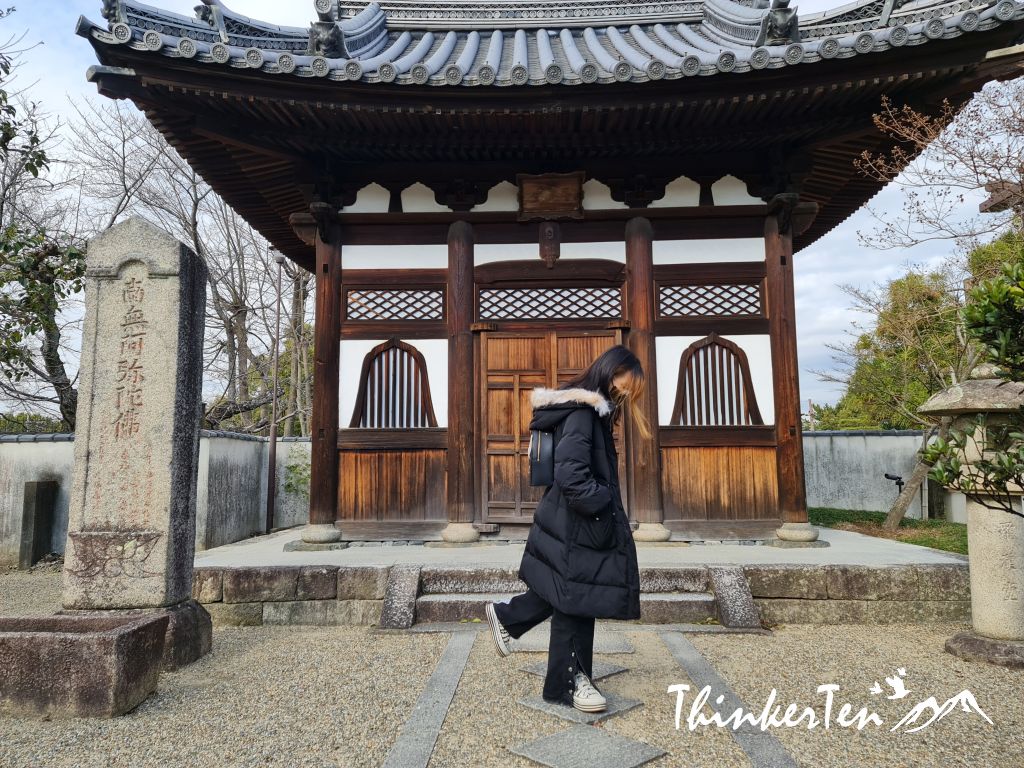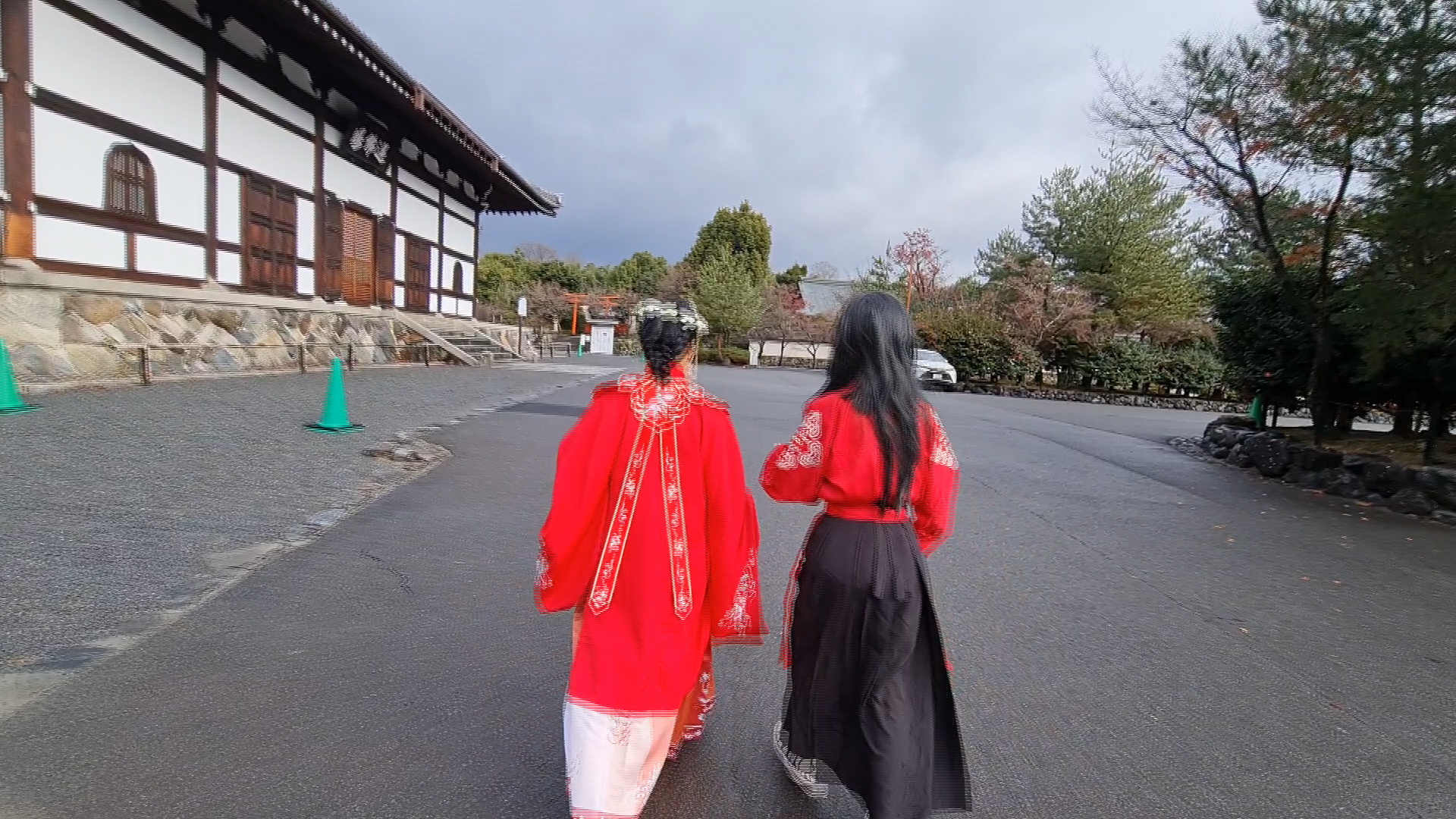We plan 10 days of self-drive in the Kansai region. This is the 4th time we have self-drive with a rented car to explore Japan.
The first self-drive we did was in Kyushu Japan. Kyushu is the southern island of Japan. The second one we did was Chubu Japan or they called Central Japan which is located in the middle of Honshu island. For the third self-drive, we covered the Shikoku region, which is the smallest of Japan’s major islands and Shikoku is more for local tourists.
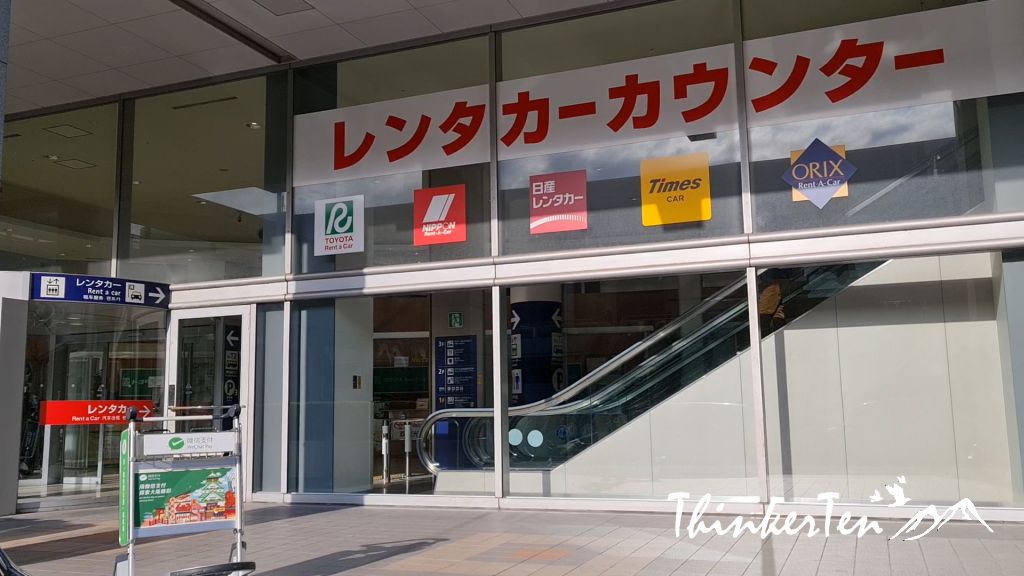
Last Dec, we explored again Kansai regions and the nearby prefectures. In total there are 47 prefectures in Japan and 9 regions.
We took a night flight from Singapore and arrived at Kansai Airport early in the morning. Since Japan is just opening up after covid, it is vital to fill up all the documents online before you arrive in Japan. Also, make sure your vaccination certificates are printed out or saved on your phone in case the officers wanted to check them.
I will have a detailed blog on the rented car, parking, and highway in Japan.
The car rental we booked is called “Sixt” car rental, we tried it once in the UK. Sixt is car rental group and their HQ is in Germany. So it is quite a popular car rental company in Europe but started to get more attention in Asia.
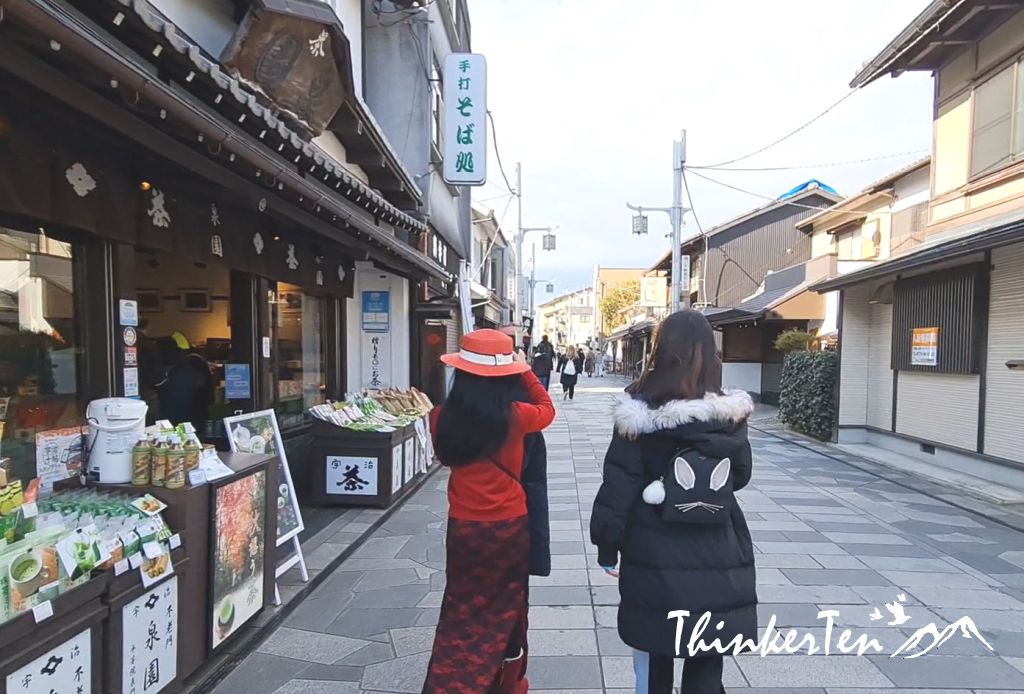
After we picked up our car rental, we moved to our first destination which is called Uji a city south of Kyoto knowns for its shrines and temples.
Byodo In Temple is one major site attractions in Uji city. The Ujigami Shrine is said to be Japan’s oldest Shinto shrine.
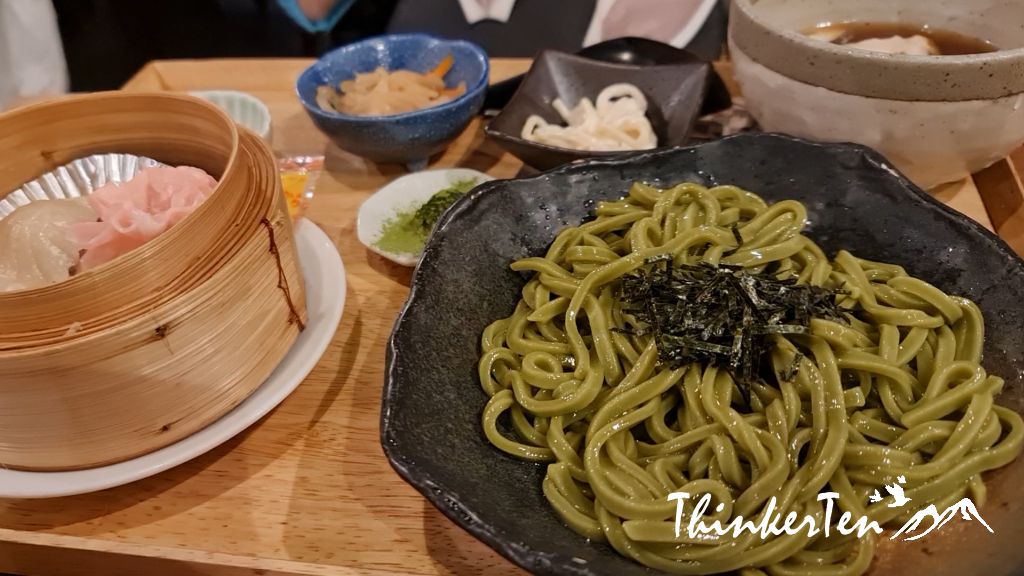
Over here in Uji city, green tea is very popular, especially if you walked along Omotesando, a 300m approach to Bydoin Temple. It is lined with shops and restaurants. As I mentioned, the specialty in Uji is green tea. When we had our lunch, we ordered green tea flavored noodles and green tea desserts. The green tea flavored soba noodles is called Cha Soba. Cha is tea in Japanese.
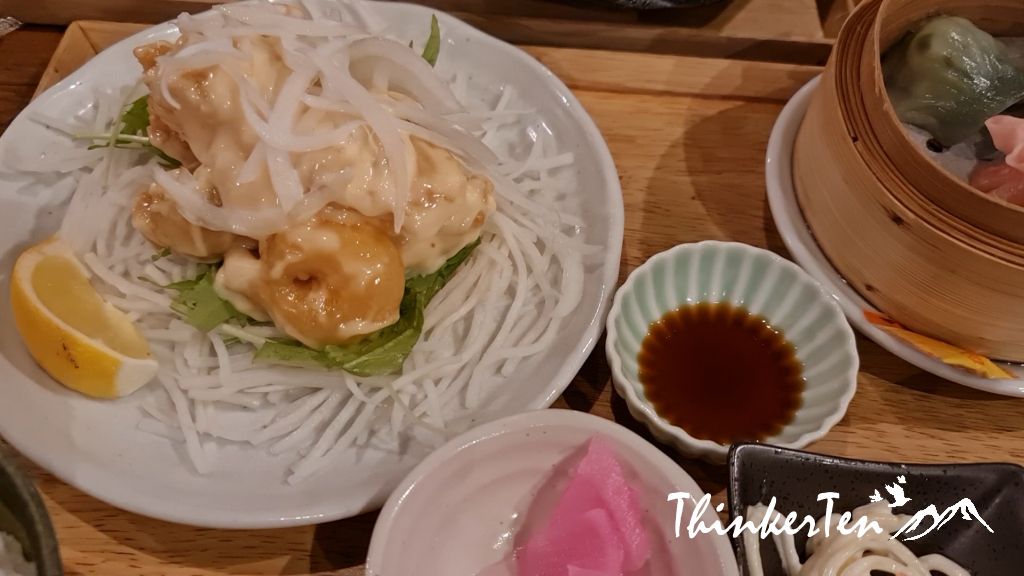
The restaurant we picked served a mixture of Japanese Chinese fusion food. A set meal costs about 1300 yen which is about SGD13. We ordered a chicken set and a shrimp set and a green tea Cha soba set. The set menu also comes with some dim sum, soup, pickles rice
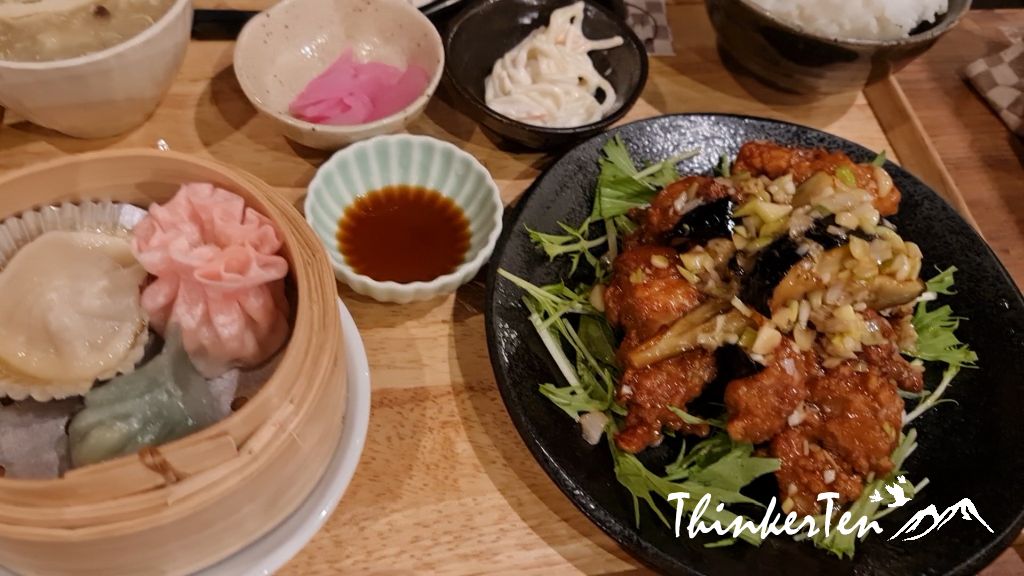
And if you add in 350yen (SGD3) you also get a dessert. We had green tea jelly and a hot coffee.
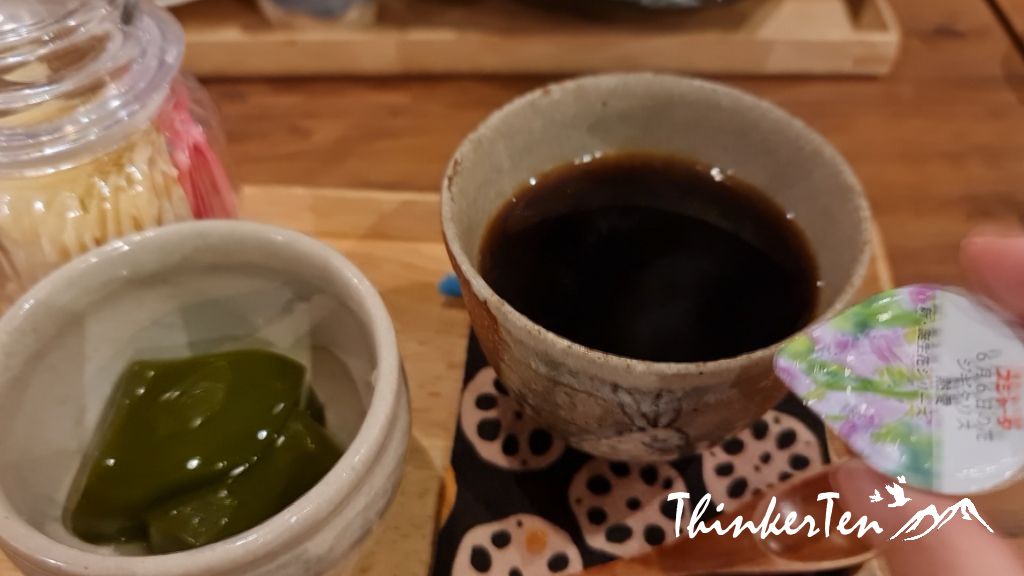
We spent 4250 yen (SGD42.50) for 3 set meals, and the portion is very big. Well we could have easily spent SG80 to 100 dollars for this meal in Singapore Japanese restaurants.
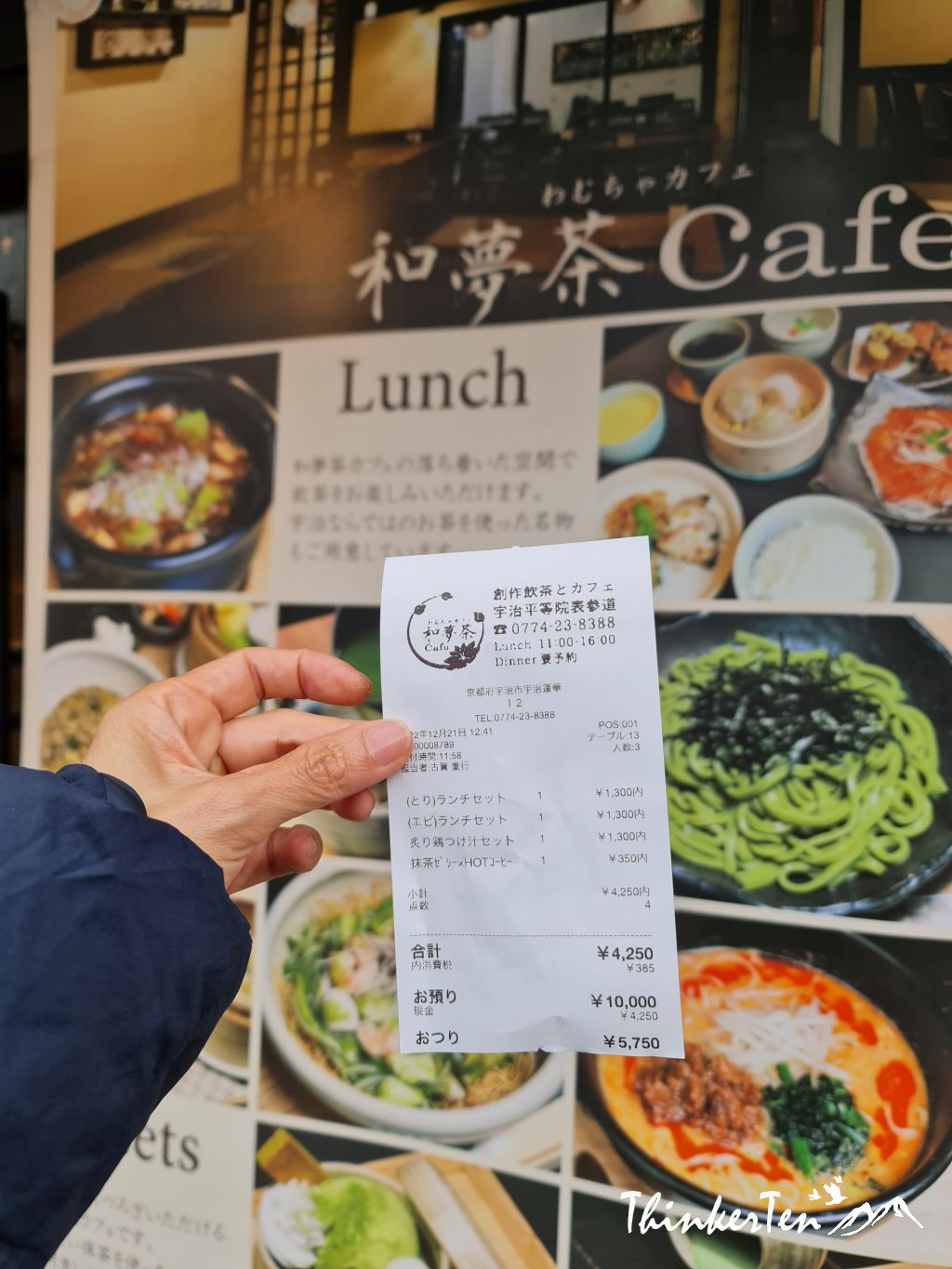
Byodoin Temple
Most of the temples in Japan are charged so same as Byodoin Temple. Adults pay 500 yen per entry. One of the most important things to look at is Phoenix hall. The Pheonix hall was never destroyed, making it one of the few original wooden structures to survive from the Heian Period. If you choose to enter the Phoenix Hall on short guided tours in Japanese that start every 20 minutes, you need to pay an additional 300 yen. They have limitation on number of visitors to enter.
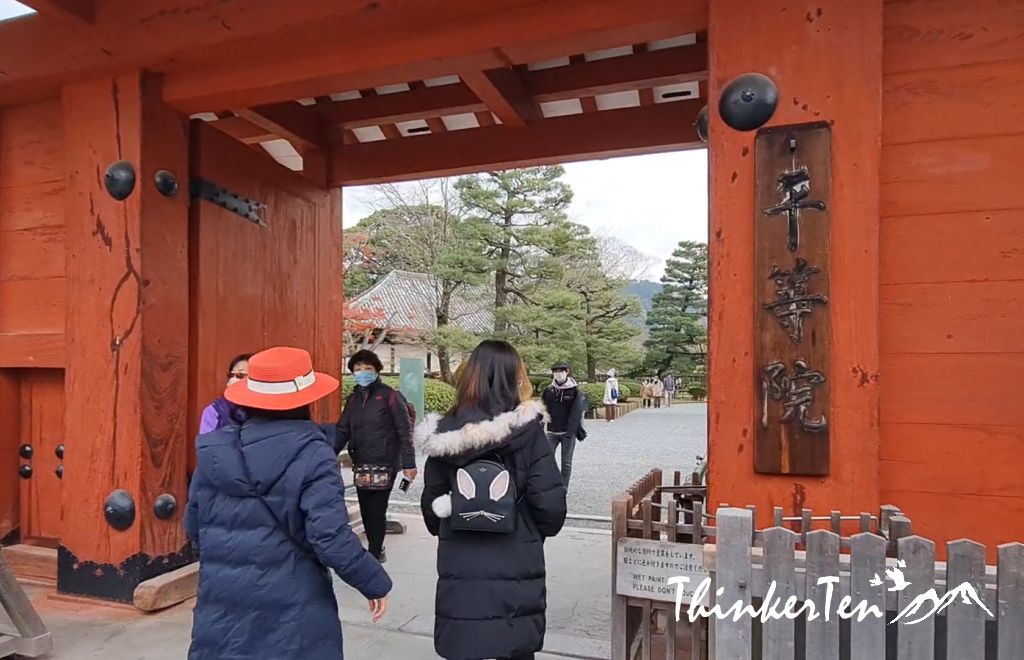
Byodoin’s unique treasure house is constructed mostly underground to not distract from the Phoenix Hall. It exhibits an assortment of the temple’s most valuable artifacts, including dozens of designated important cultural properties and national treasures. The treasure house also contains informative, multilingual displays on Byodoin’s construction and history.
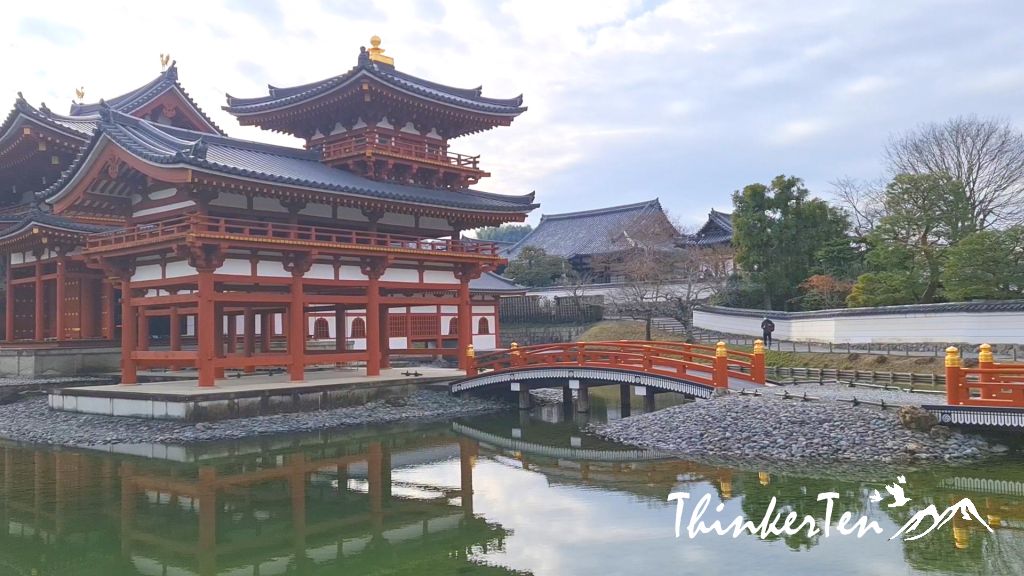
Arashimaya
Next, we drive to our hotel in Arashimaya town, the hotel we stayed is called Ranzan Hotel. We will stay 2 nights in Arashimaya.
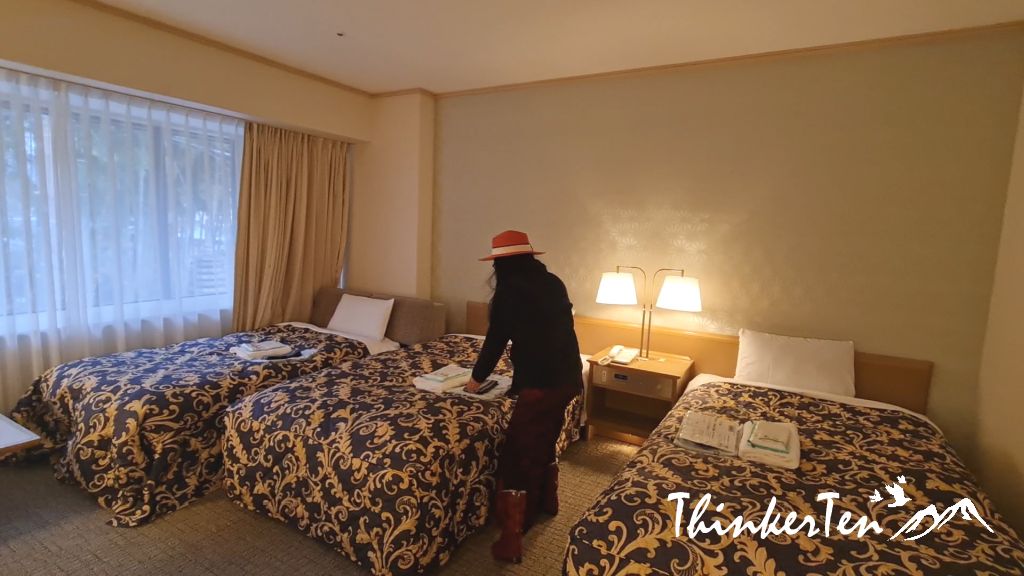
The location of Ranzan hotel is very good as it is located in the town, about 10 mins walk to Tenryuji and 10 mins walk to the town.
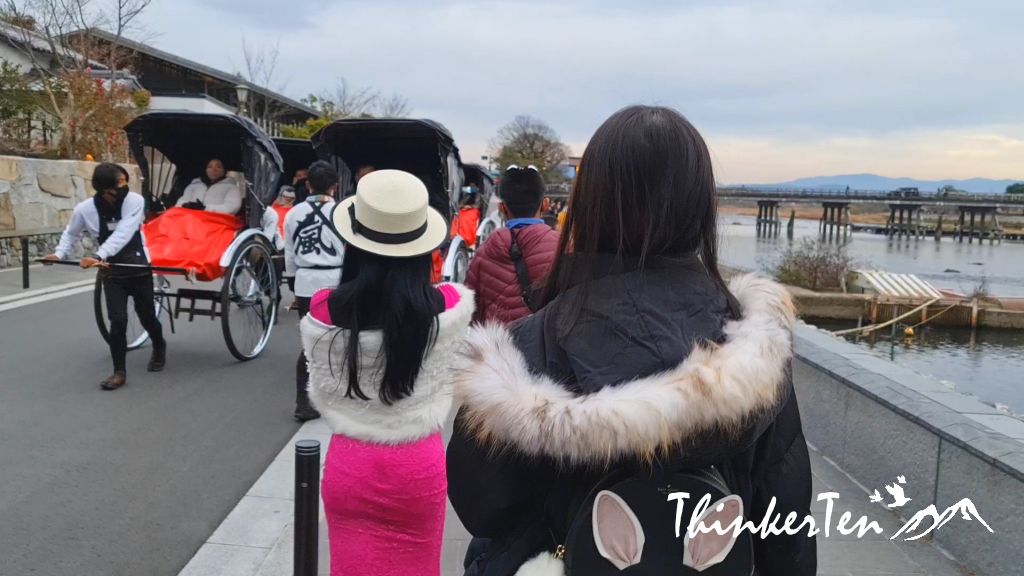
The sky turns dark quite early in the winter so by the time we came out of our hotel, there is no more sun. We did a quick walk around the town and try search for dinner.
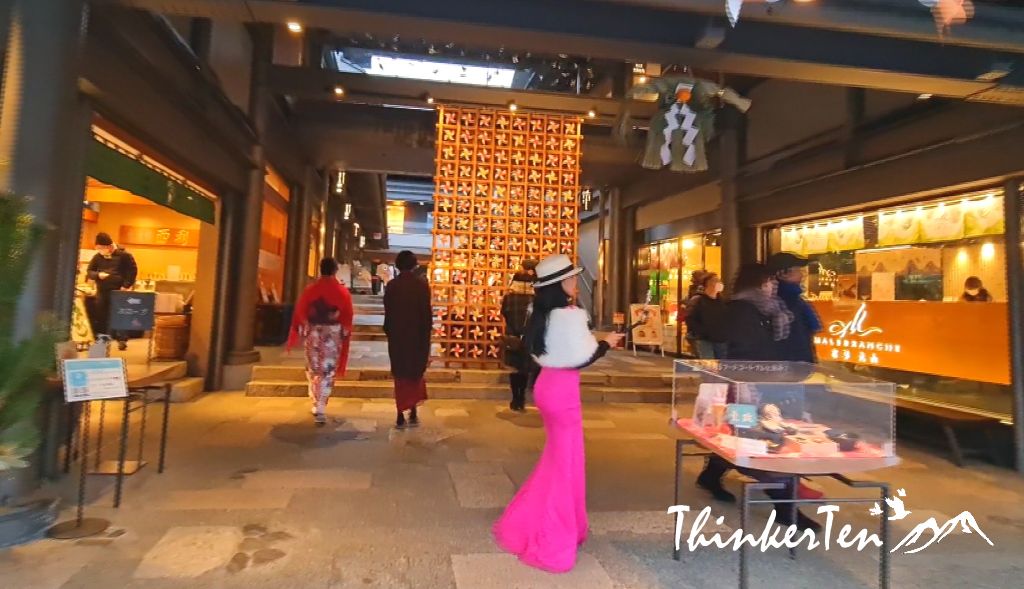
Arashimaya is famous for its tofu cuisine, all ingredients are made from tofu so if you are a vegan, this is the right place for you. We had the Arashiyama dish and the pail tofu skin dish. The dishes are kind of bland, with very little flavor because visitors come here for the natural flavor.
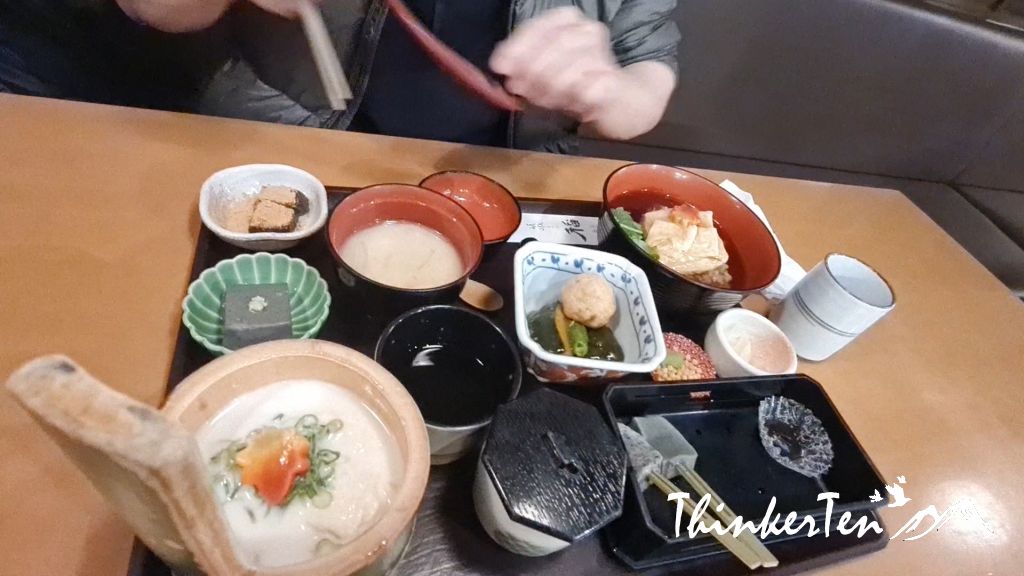
The vegan meal is more expensive than our afternoon lunch. It cost about 6000 yen, that is about SGD60 for plain tofu dishes. We are carnivores and we have to have meat in our meals then only we feel full and satisfied.
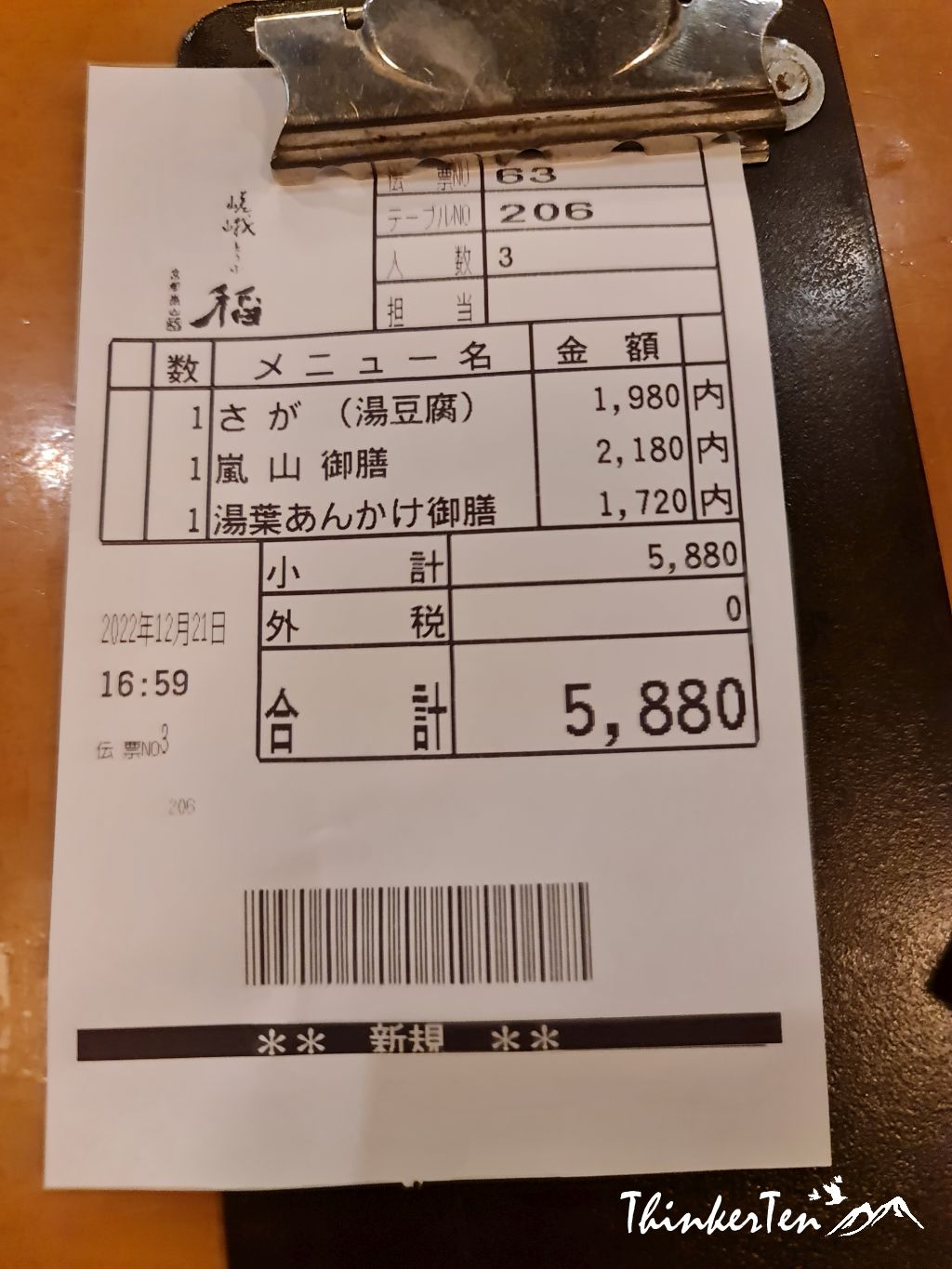
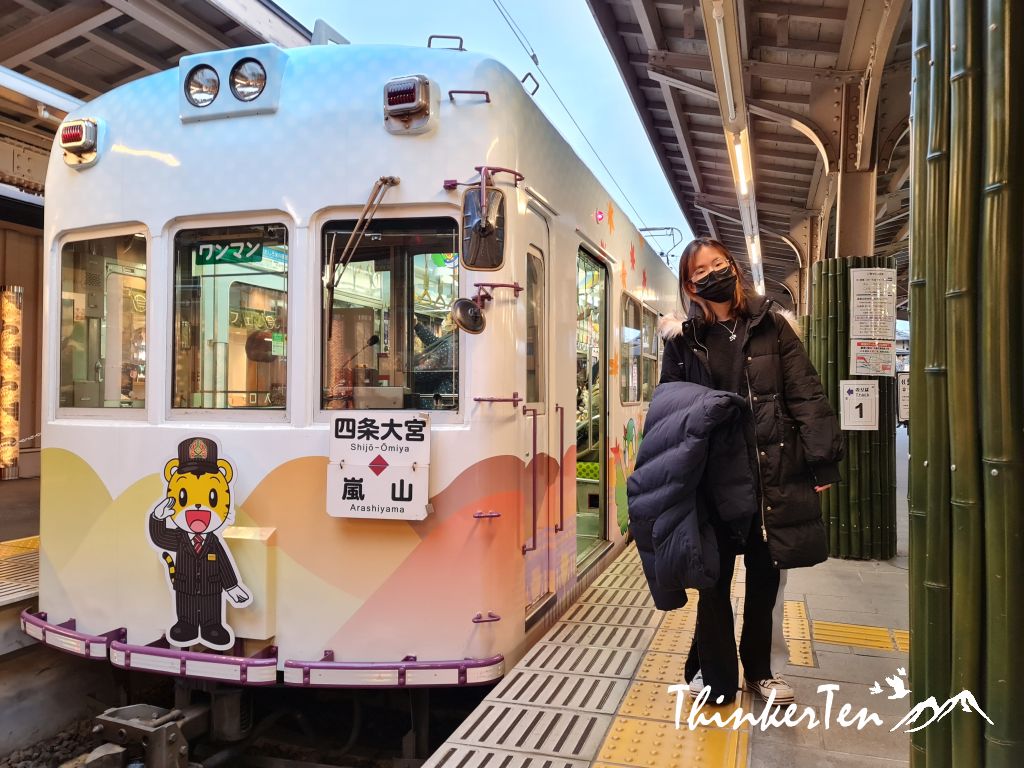
Kimono Forest
Kimono Forest is located next to the Randen train stop which is just off the main street of Arashimya, 10 mins walk to Tenryuji. The 600 pillars are made with kimono fabric. At night, the 600 pillars get to light up which add more beauty. Entry is free.
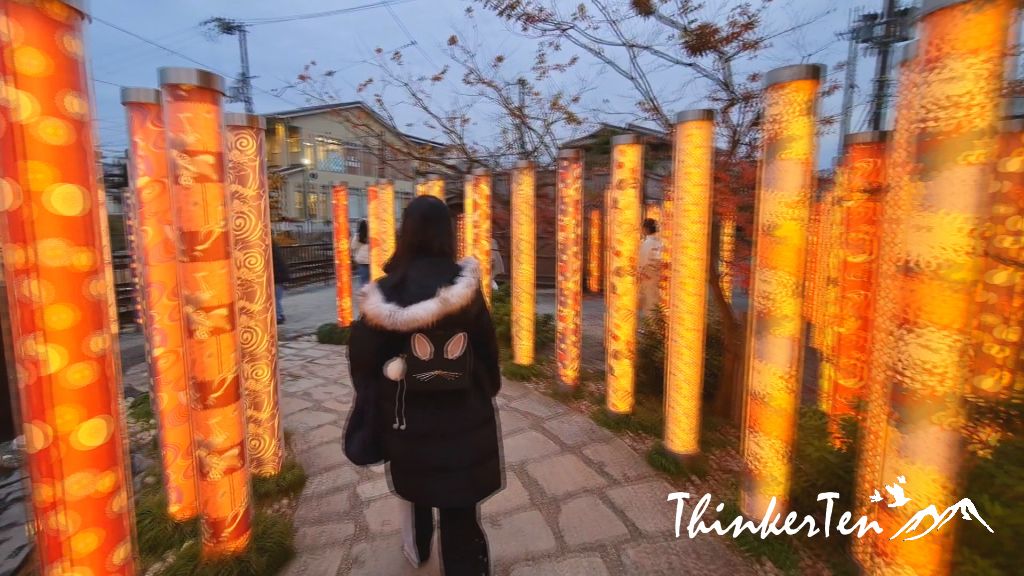
One thing you should try is the Arashiyama street food such as Dango mochi boll, match soft serve ice cream and sweet potato fries.
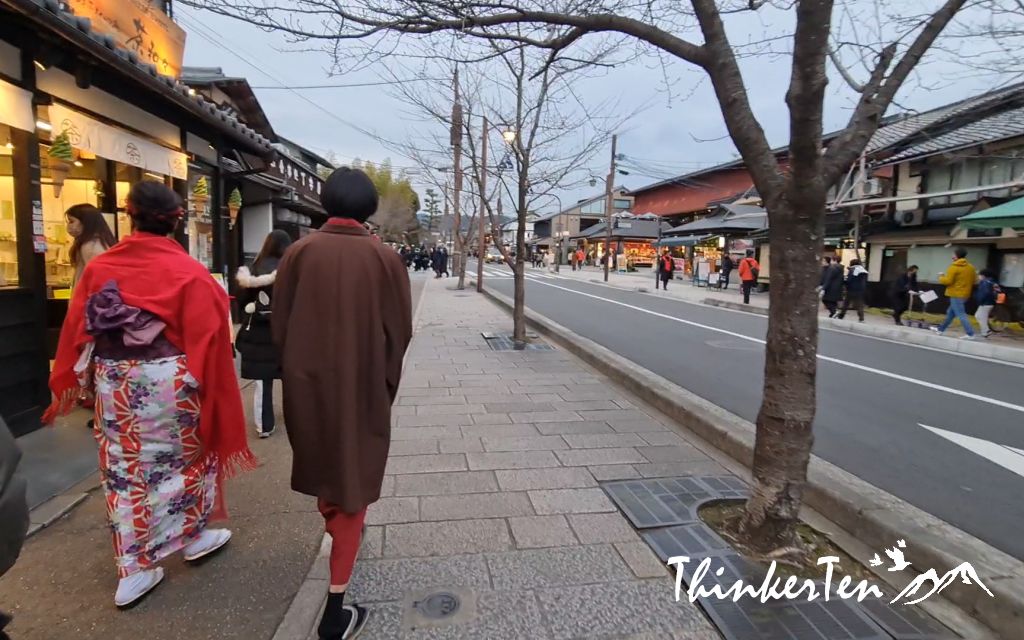
Our morning breakfast set is again tofu as the main source of protein, rice, natto, onsen tamago egg. The tofu is served in a small hot pot boiled together with mushroom and some vegetables and seaweed.
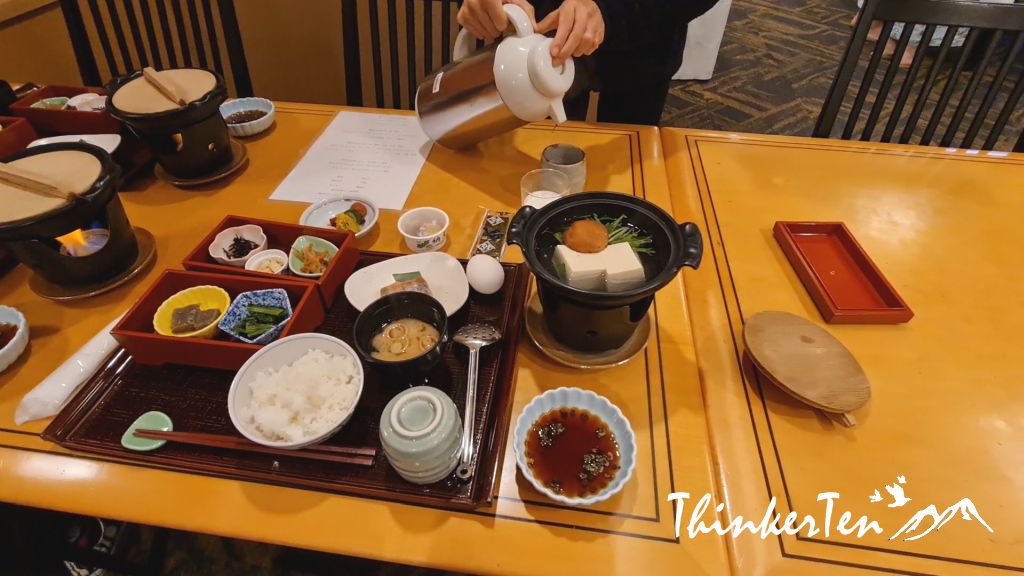
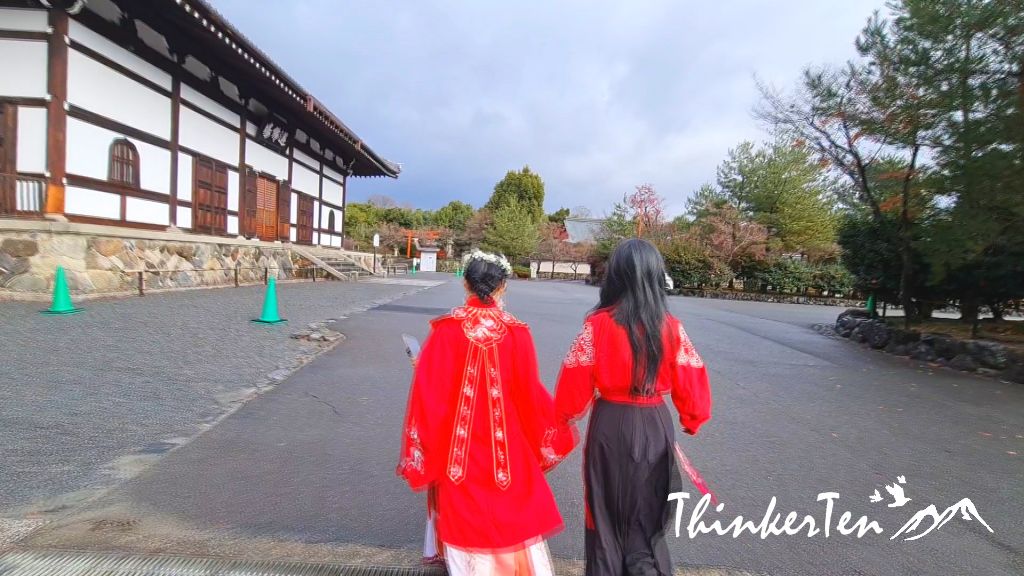
Tenryuji
We can just walk over to Tenryuji from Ranzan Hotel, and it is just about 10 mins walk as there is a short cut and you don’t have to walk through the main street.
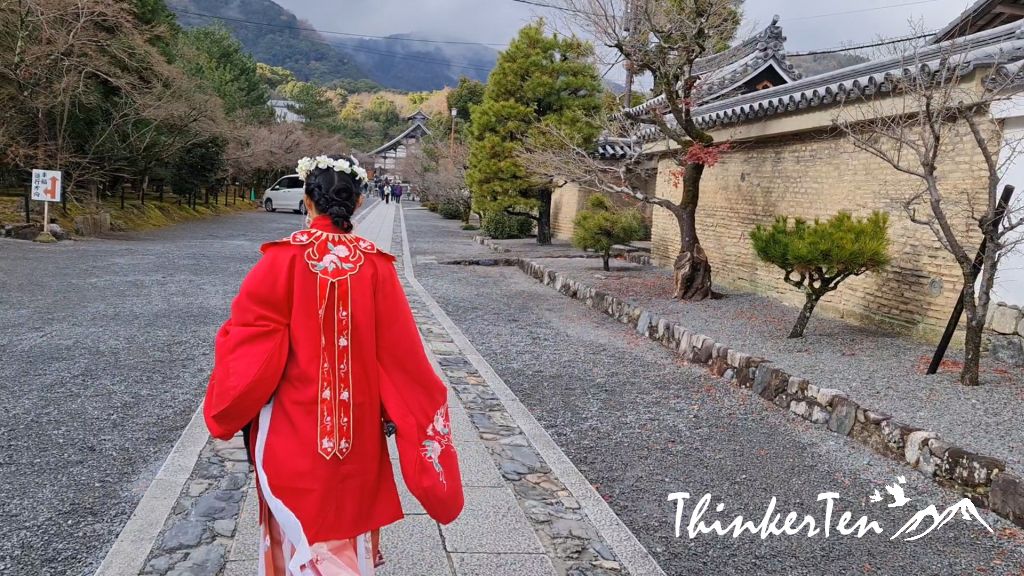
Tenryuji is the great Zen temple and a world heritage site. There is an entrance fee cost 500 yen for adults. There is a pond and garden and the best time to visit is in autumn when the backdrop is full of red and yellow maple leaves.
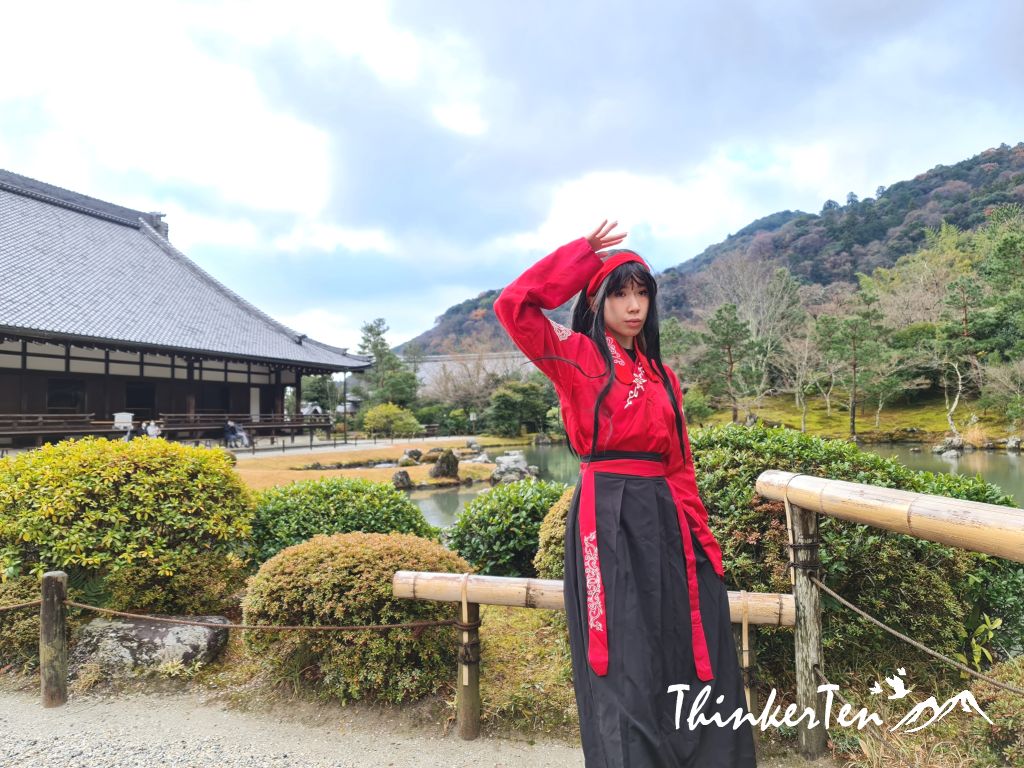
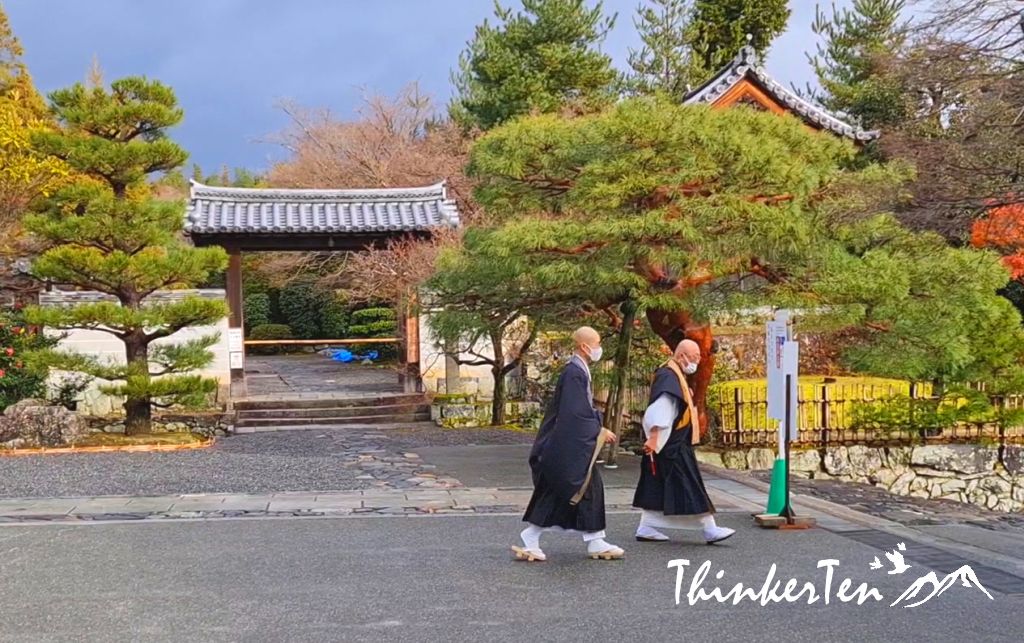
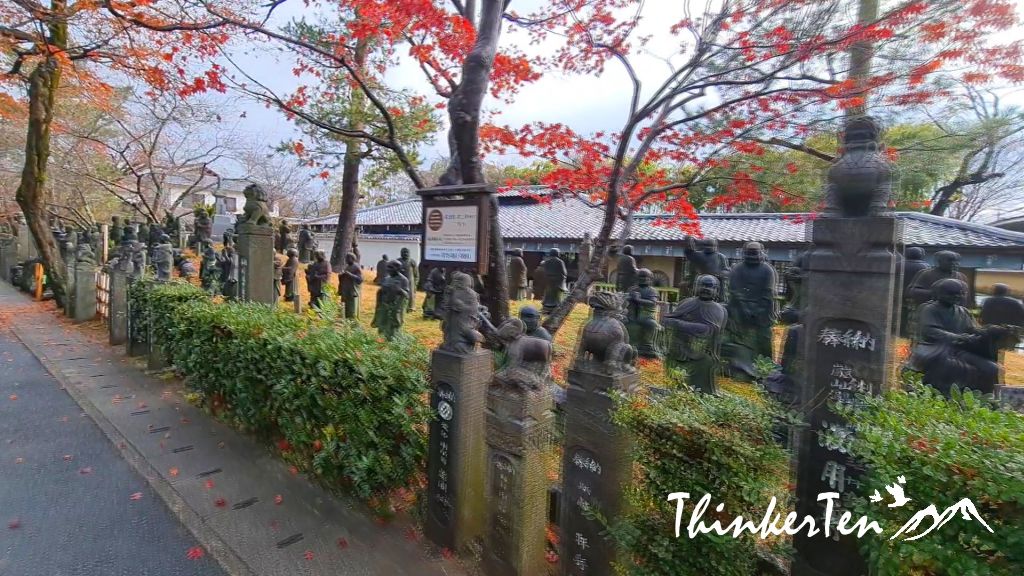
Arashiyama Bamboo Forest
This has no entrance fees and is believed to be one of the most photographed places in Kyoto. Bamboo is a symbol of good luck and one of the symbols of the new year celebrations in Japan. Visitors can stroll paths lined with endless rows of towering bamboo. The experience has been described as serene and dreamlike. It is just located next to Tenryuji.
Arashiyama Rickshaw Tour
When you are in Arashiyama, Rickshaw tour is one of the thing you should experience. You could wear a kimono and soak in this nature tour with the local friendly operator.
Our lunch in Arashiyama is ramen at the Sagano Romantic train station.
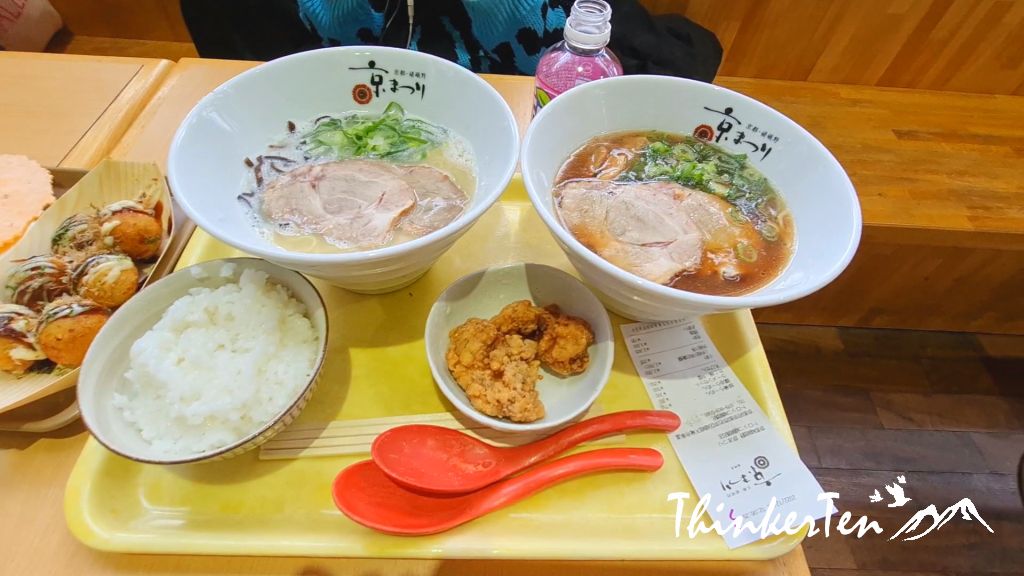
Sagano Romantic Train Ride
The Sagano romantic train station is about 15 mins walk from Tenryuji. The 25 mins train ride allows you to have fantastic views of the forests and mountains. It has the best view during autumn when the maple leaves change their color and during cherry blossom season in spring. Get your camera ready as you will spot people cruising along the river.
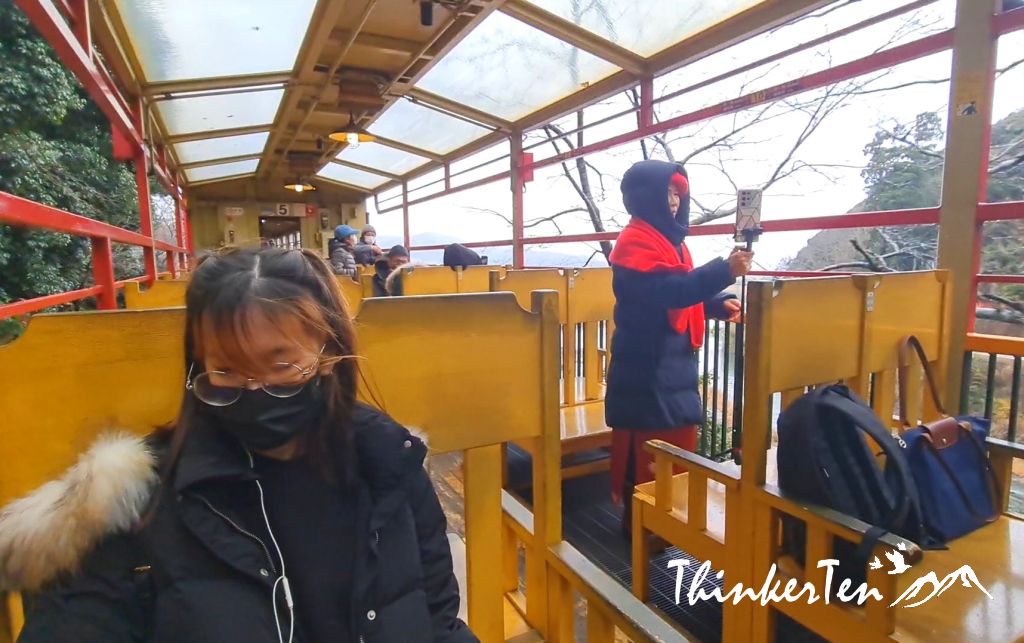
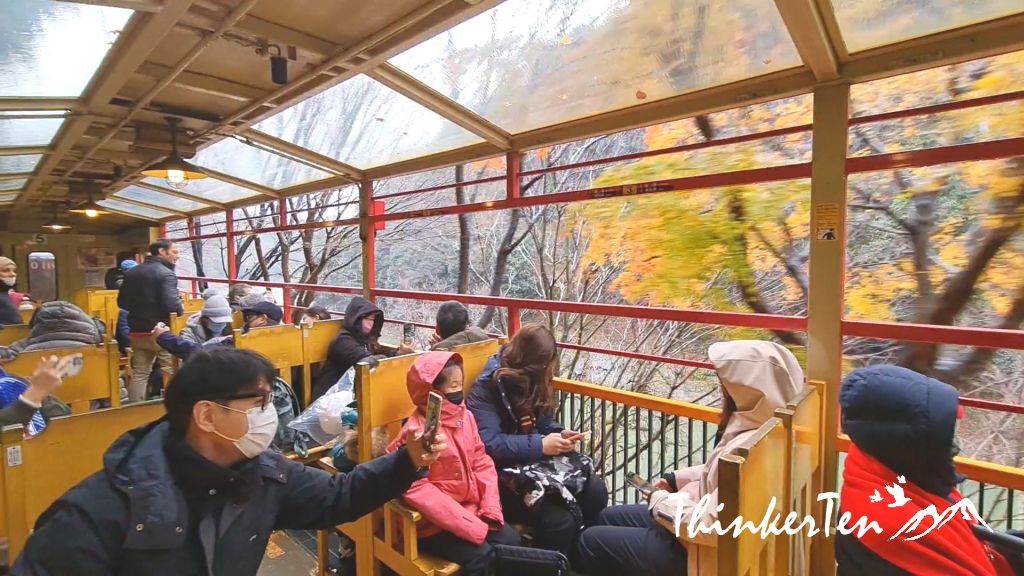
At one point, we pass by a station full of small and big tanuki. Tanuki is the Japanese raccoon dog. According to legend, tanuki are well adapted to various environments from mountain forests to urban areas, and possess a variety of magical abilities. Unlike foxes which appear in the myths of many countries around the world, Tanuki is only found in Japan. Nowadays Tanuki are often seen outside restaurants to attract customers and to pray for business prosperity.
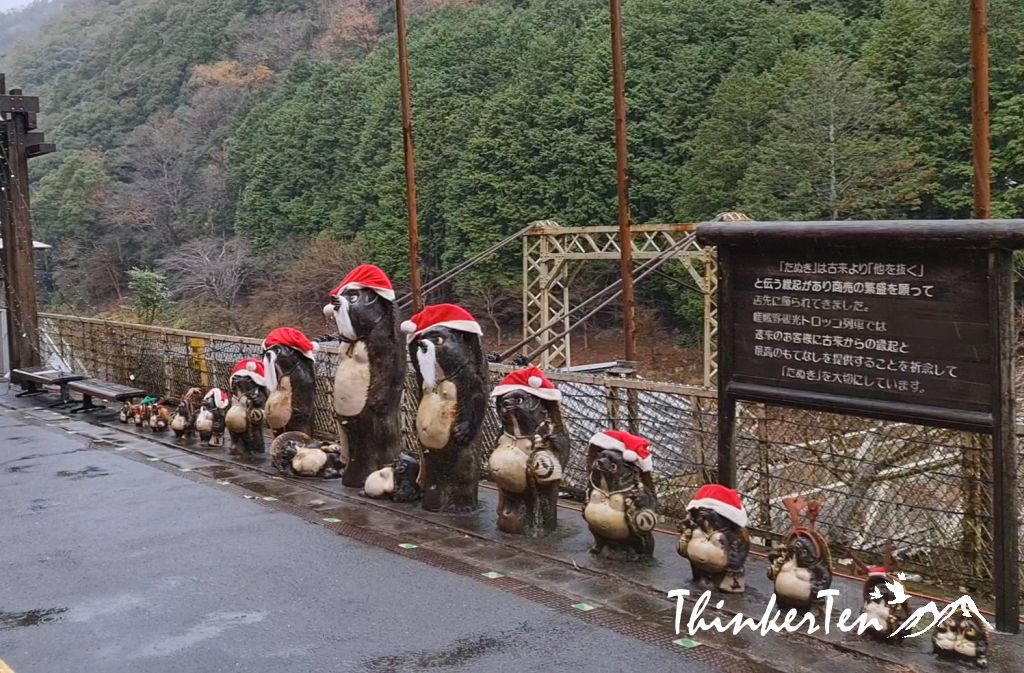
Sweet potato snack
Sweet potatoes snack is one of the Japanese favorite snacks and street food. These candied sweet potatoes are called “Daigaku Imo” in Japanese. They are sweet snacks made of deep-fried Japanese sweet potatoes that are covered in hard sugar candy coating.
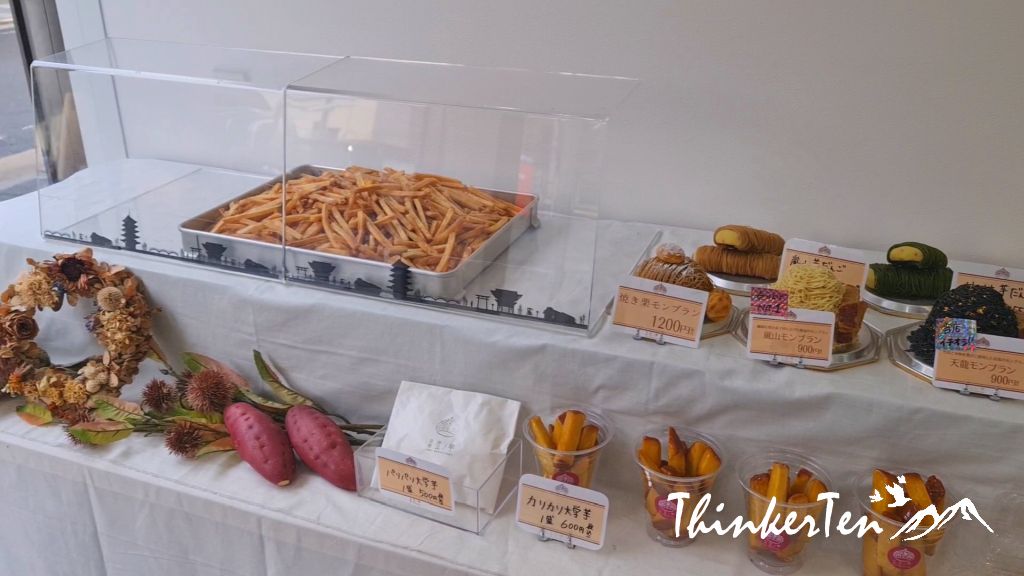
Arashiyama Monkey Park Iwatayama
The hike up the mountain to check out the Japanese monkey is worth it. The hike up seems a little long but coming down is pretty fast. There are benches along the way for you to sit and take a rest. The monkeys are tame compared to the monkey in Bali Indonesia. Be patient to walk up, you won’t find any monkeys until you reach the summit. You will also be rewarded with brilliant views. You are allowed to feed the monkeys for a small fee. I love watching the monkeys interact with each other. Really cute.
Where we stay : Ranzan Hotel, Kyoto, Japan
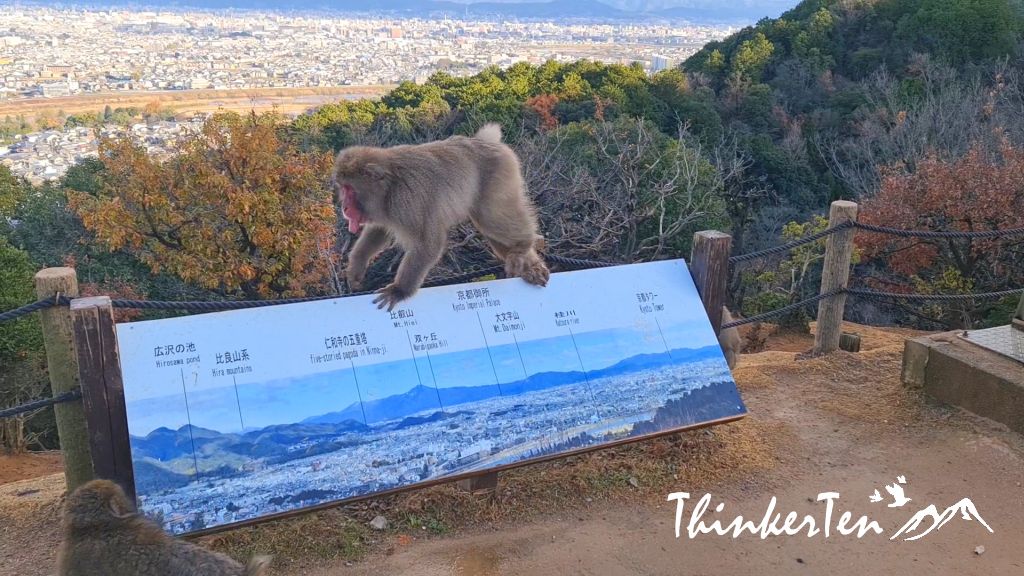
Final thoughts
Arashiyama is famous for its tofu cuisine so try it at least once for its natural flavor. The street food in Arashiyama is a must try too. This is the second time we explore Arashiyama town but this time we spend 2 nights in this little town so we could have more time to explore places such as the monkey park and Sagano romantic train ride. 2 nights would be ideal to slowly explore this place. If you have young children, you certainly need to include monkey park.
